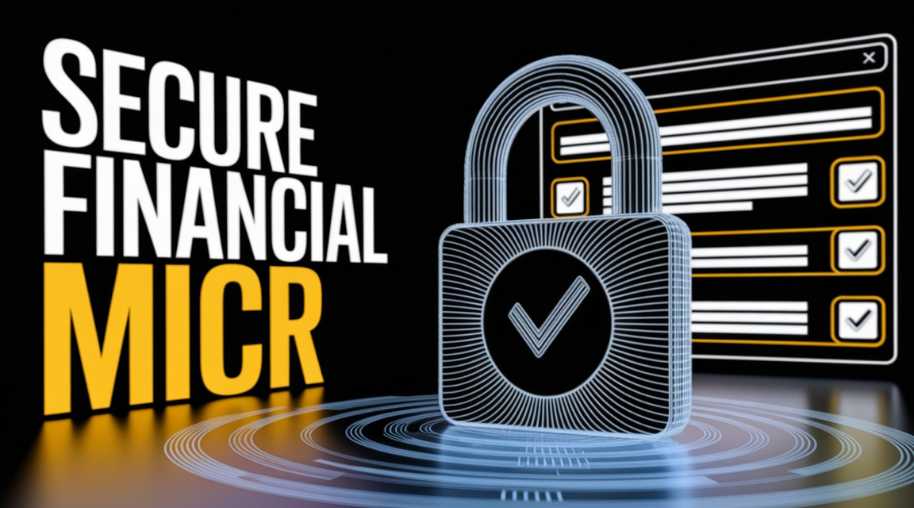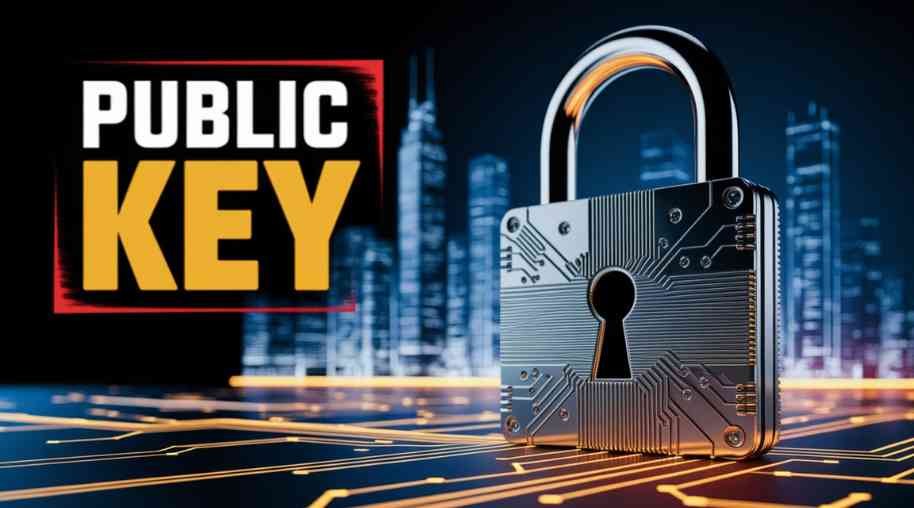MICR Full Form-Magnetic Ink Character Recognition
by Shashi Gaherwar
0 2004
Magnetic Ink Character Recognition (MICR): Technology, Applications, and Benefits
Magnetic Ink Character Recognition (MICR) is a technology widely used in the banking and financial sectors for secure document processing, particularly in the verification of checks and financial instruments. MICR enables fast, accurate, and secure processing of printed documents, reducing fraud and errors in financial transactions.
This article explores how MICR works, its applications, advantages, and future developments in the financial industry.

What is Magnetic Ink Character Recognition (MICR)?
MICR is a specialized character recognition technology that uses magnetic ink or toner to print numbers and symbols on documents, which can be read by MICR scanners. The MICR code is primarily found at the bottom of checks, demand drafts, and other negotiable instruments.
The MICR system consists of two main components:
- Magnetic Ink/Toner: Special ink containing iron oxide that allows characters to be read magnetically.
- MICR Reader/Scanner: A machine that detects, reads, and processes MICR-encoded documents.
How MICR Works
The process of Magnetic Ink Character Recognition involves three key steps:
- Printing the MICR Code:
- The MICR line is printed using a specialized printer with magnetic ink.
- The MICR code contains essential details like bank routing numbers, check numbers, and account details.
- Magnetic Reading:
- When a check is inserted into a MICR reader, it magnetizes the ink and detects the characters based on their magnetic properties.
- The machine reads the MICR data, converts it into digital information, and processes the transaction.
- Validation and Processing:
- The MICR code is verified against banking databases to ensure authenticity.
- If the code is valid, the transaction proceeds; if discrepancies are found, the check may be flagged for further verification.
Applications of MICR Technology
- Banking and Check Processing:
- MICR is extensively used in automated check processing.
- It helps banks quickly and securely verify check authenticity, reducing the chances of fraud.
- Financial Transactions:
- Used in processing financial documents such as demand drafts, payroll checks, and government bonds.
- Ensures secure and accurate transactions in financial institutions.
- Security Printing:
- Government agencies use MICR for printing confidential documents and financial certificates.
- MICR printing prevents forgery and counterfeiting.
- Retail and Corporate Transactions:
- Large businesses use MICR for bulk check issuance and payroll processing.
- Retailers use MICR readers to validate customer checks before accepting payments.
Advantages of MICR
- Enhanced Security:
- MICR technology makes check fraud difficult, as the ink and font are highly specialized.
- Magnetic ink cannot be easily altered or copied, ensuring authenticity.
- High Accuracy:
- MICR readers have a very low error rate compared to traditional optical character recognition (OCR).
- Even if MICR-printed text is covered with stamps or marks, the machine can still read it.
- Fast Processing Speed:
- Enables quick and automated check clearing, reducing manual handling and processing time.
- Transactions are completed within seconds, improving efficiency in banking operations.
- Durability and Reliability:
- MICR characters remain readable even if a document is exposed to wear and tear, smudging, or accidental damage.
- Ensures consistent processing of financial documents over time.
- Compliance with Banking Regulations:
- Many central banks and financial institutions mandate MICR for check processing.
- Ensures standardization and regulatory compliance across banking systems.
MICR Code Format (India Example)
A MICR code typically consists of nine digits and follows this format:
XXXXXXYYY
- XXXXXX – Represents the bank and branch code.
- YYY – Represents the city code.
For example, the MICR code 400002015:
- 400002 – Bank branch in Mumbai.
- 015 – Identifies the specific bank.
MICR codes are unique to each bank branch, allowing secure and efficient check processing.
Challenges and Limitations of MICR
- High Implementation Costs: MICR printers, scanners, and ink are expensive, making implementation costly for small businesses.
- Limited Use Outside Financial Sector: MICR is primarily used in banking and financial institutions, limiting its widespread adoption.
- Dependency on Physical Documents: With the rise of digital banking and electronic payments, the reliance on MICR-encoded paper checks is decreasing.
Future of MICR Technology
Despite the rise of digital payments, mobile banking, and blockchain-based transactions, MICR remains relevant in secure banking operations. The future of MICR may involve:
- Integration with Digital Banking: Banks are incorporating MICR into digital check scanning and mobile check deposit apps.
- Advanced Fraud Detection: Artificial intelligence and machine learning will enhance MICR-based fraud detection and verification systems.
- Hybrid Payment Models: MICR may be integrated with cryptocurrency and digital payment solutions to enhance security and regulatory compliance.
- Eco-Friendly Printing Solutions: Development of sustainable MICR inks and paperless MICR solutions for a greener financial system.
Magnetic Ink Character Recognition (MICR) remains a cornerstone of banking security and financial transaction processing. With its ability to enhance fraud prevention, improve accuracy, and speed up financial operations, MICR continues to be widely used despite the digital banking revolution.
Further Learning Resources
If you’re passionate about building a successful blogging website, check out this helpful guide at Coding Tag – How to Start a Successful Blog. It offers practical steps and expert tips to kickstart your blogging journey!
For dedicated UPSC exam preparation, we highly recommend visiting www.iasmania.com. It offers well-structured resources, current affairs, and subject-wise notes tailored specifically for aspirants. Start your journey today!

Share:








Comments
Waiting for your comments